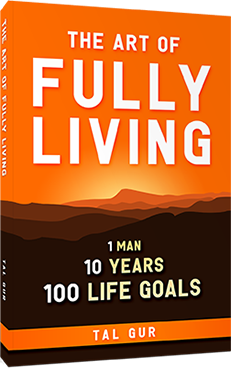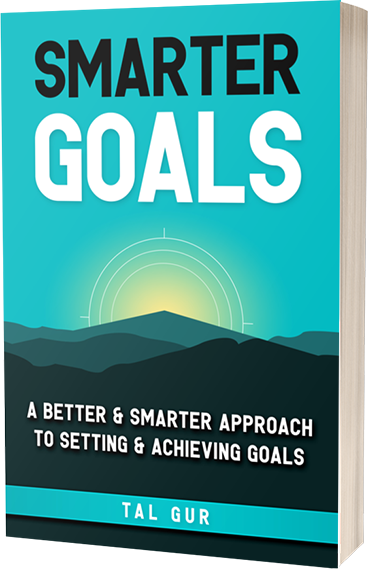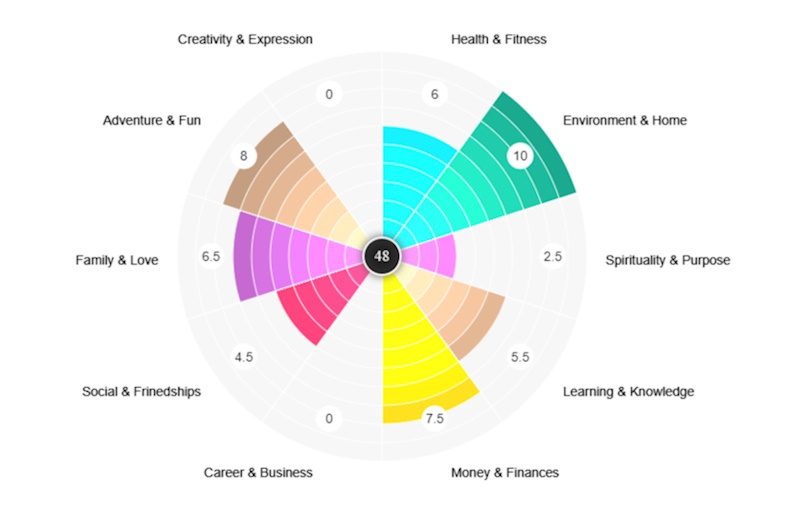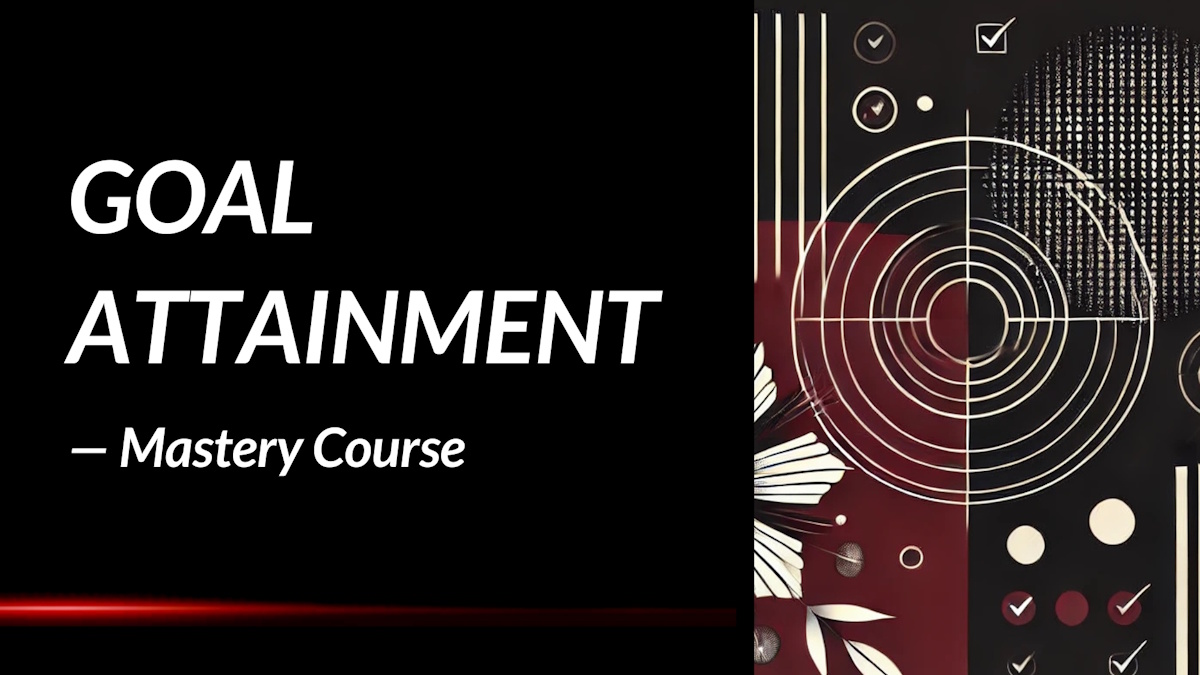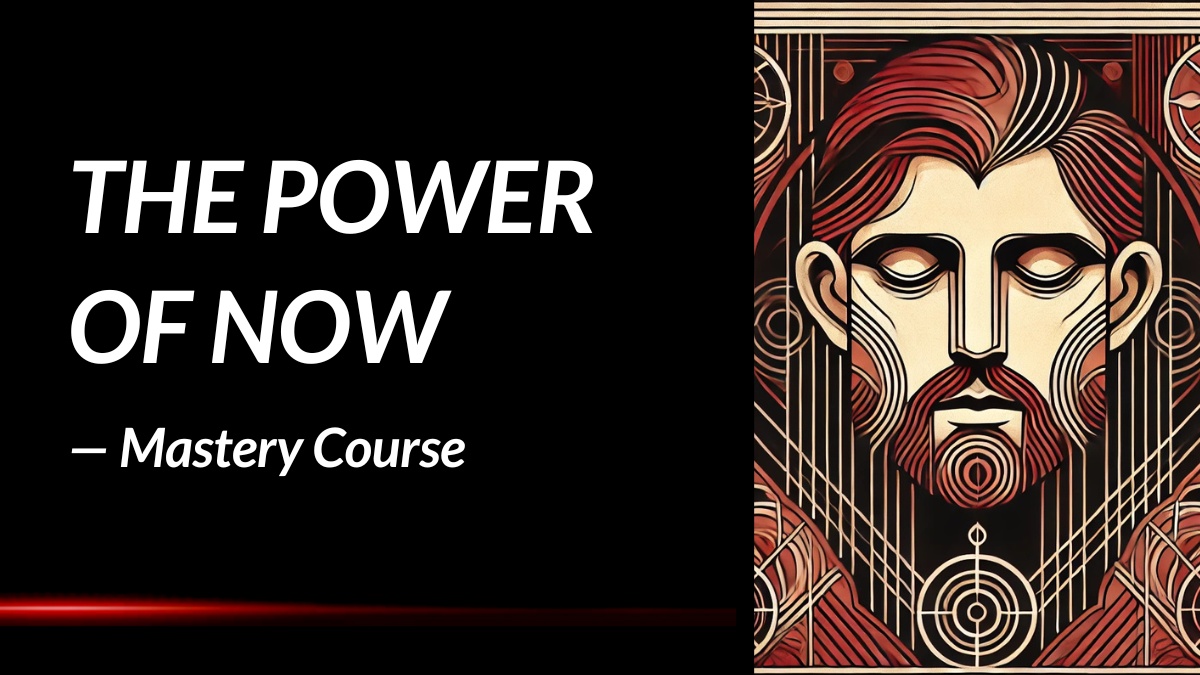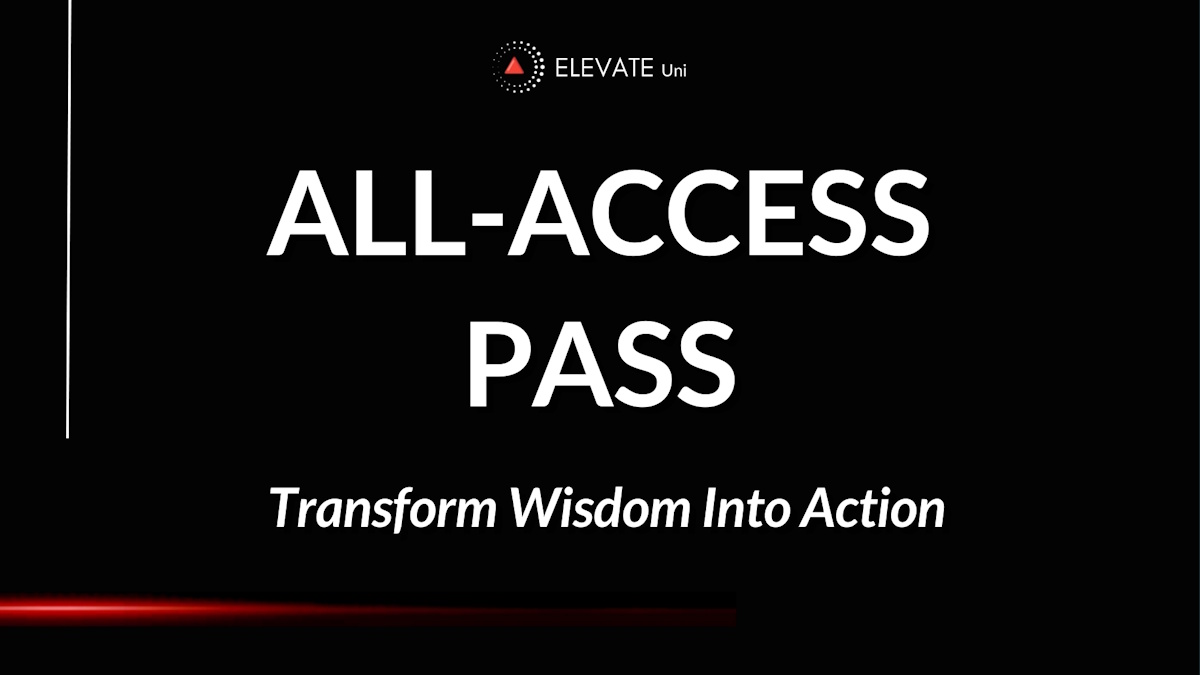Moving Forward: Summary Review
What happens when the unimaginable shatters your world, leaving you to navigate life alone? In Moving Forward: The Widow's Journey, author Arlene Sacks delves into this profound question, offering a heartfelt exploration of loss and resilience.
What is the Book About?
Moving Forward: The Widow's Journey chronicles Arlene Sacks' personal experience following the death of her husband of forty-seven years. With candid honesty, Sacks shares the emotional turmoil she faced, from the initial shock to the profound sense of lost identity. Her narrative serves as a beacon for those grappling with similar grief, providing both solace and practical advice on managing life after such a significant loss.
Beyond her own story, Sacks weaves in the voices of thirteen other widows from diverse backgrounds and cultures. These narratives offer a multifaceted perspective on widowhood, illustrating that while each journey is unique, common threads of resilience and hope emerge. The book not only comforts those mourning but also serves as a guide for supporters seeking to understand and assist loved ones through their grieving process.
Book Details
Print length: 210 pages
Language: English
Publication date: January 13, 2022
Genre: Memoir/Self-Help
Book Author
Core Theme
At its heart, Moving Forward: The Widow's Journey explores the multifaceted nature of grief and the path to rediscovering oneself after the loss of a life partner. Sacks emphasizes that while the pain of loss is universal, the journey through it is deeply personal. By sharing her story and those of other widows, she underscores the importance of embracing one's unique grieving process without adhering to societal expectations.
The book also delves into the reconstruction of identity post-loss. Sacks and her contributors discuss the challenges of redefining roles, making independent decisions, and finding new purpose. Through these narratives, readers are encouraged to honor their past while courageously stepping into an uncharted future.
Main Lessons
A few impactful summary lessons from Moving Forward: The Widow’s Journey:
1. Sharing Stories Heals the Wounds of Grief
One of the most poignant themes in Moving Forward is the healing power of storytelling. Arlene Sacks, through her own vulnerable narration and the voices of thirteen other widows, demonstrates how the simple yet profound act of sharing your personal story can soothe the sting of sorrow. These narratives don’t just reflect pain—they radiate courage, tenderness, and ultimately, hope. Grief is often a lonely road, but by giving voice to our experiences, we begin to understand we are never truly alone. Like sitting around a campfire in the wilderness of loss, hearing others speak lights a path in the dark. This book doesn’t offer abstract theories—it offers living, breathing memories that validate your emotions and make space for your own healing.
2. Grief Is a Personal Journey Without a Timeline
One of the most powerful truths echoed in the book is that there is no universal script for grieving. Some widows found comfort in rituals like wearing black or abstaining from music, while others navigated their journey through laughter, travel, or reinventing their lives altogether. What unites them isn’t how they grieved, but the quiet courage to take one step at a time. Grief, as Arlene and her fellow storytellers reveal, is not a destination you reach—it’s a process you learn to walk through, with each step shaped by your own rhythm and needs. You’re not required to ‘move on’ in the way society expects; instead, you’re encouraged to find your own version of moving forward—whatever that looks like.
3. Love Can Continue After Loss
The narrative is deeply anchored in the enduring bond between Arlene and her husband Howard. Even in the shadow of his terminal diagnosis, their connection remained vibrant, loving, and forward-thinking. Howard’s gentle preparation for Arlene’s life after him stands as a living testament that true love isn’t confined to time. Their partnership extended beyond death, evolving into a legacy of guidance and affection that helped Arlene find strength in moments of vulnerability. In this way, the book delivers a lesson many of us forget: love doesn’t stop with a final breath—it simply changes shape, becoming a quiet companion on your journey of healing.
4. The In-Between Is Uncomfortable But Transformative
Many readers will resonate with the “in-between” space described in the book—that murky, painful stretch where you're no longer part of a couple, yet haven’t discovered your new identity. It’s a time when social gatherings can feel like alien planets and future plans seem hollow. But Moving Forward shows that this in-between, as hard as it is, holds a strange kind of magic. It's in this messy middle where transformation begins. Through the book’s stories, we see people who once felt broken gradually stepping into a new chapter—not because they forgot their past, but because they learned to carry it with them in a new way.
5. Preparation Is the Greatest Gift of Love
Howard’s role in Arlene’s journey reveals a touching truth: preparing your loved one for life after you is one of the most selfless acts of love. Rather than leaving her in the dark, he provided clarity, support, and guidance that continued to light her path long after his passing. It wasn’t about controlling her future—it was about making sure she felt secure enough to shape it on her own. The book suggests that love, in its highest form, includes not just companionship in life but a gentle consideration for the hardships that may follow. It’s a perspective that reframes end-of-life conversations as acts of devotion rather than doom.
6. Community Creates Anchors in Times of Storm
The thirteen widows featured in the book are not just characters; they become co-navigators in a collective map of loss. Each woman's story adds a new layer of insight, offering a window into how different cultural customs, family dynamics, and life philosophies influence the journey of widowhood. The strength found in this sisterhood is not accidental—it is built through the courage to be seen, to cry together, and to celebrate small victories. Through their stories, the book illustrates that community, even one formed through shared pain, is one of the most profound anchors during life’s emotional storms.
7. Practical Wisdom Matters as Much as Emotional Healing
While the book is rich with emotion and introspection, it doesn’t shy away from addressing the practical side of widowhood. From managing finances to handling social expectations, the stories reveal how deeply intertwined practical survival is with emotional resilience. Readers are reminded that grief doesn’t just exist in the heart—it shows up in bank accounts, paperwork, empty beds, and holidays. Arlene offers readers the reminder that facing these logistical hurdles with support and preparation can be as important as processing sorrow. This integration of heart and hands makes the book a holistic companion for anyone learning to live in a new, unasked-for reality.
8. You Can Find Joy Again Without Guilt
A silent, often unspoken burden that many widows carry is the guilt of smiling again, of laughing without their partner, of embracing life anew. Through her own story and the testimonies of the women she interviews, Arlene gently dismantles that guilt, showing how embracing joy doesn’t dishonor the past—it honors the love that was once shared. The book is a gentle nudge that gives readers permission to live fully again—not by forgetting, but by weaving cherished memories into the tapestry of a new life. It’s about stepping into the sunlight not in spite of your grief, but because you’ve carried it long enough to feel the warmth again.
9. The Pain of Loss Can Become a Source of Strength
Every page of Moving Forward carries the quiet thrum of resilience—grief may bend you, but it doesn’t have to break you. Arlene and her contributors show that pain, when acknowledged and walked through, can become a surprising source of power. It’s not the power that shouts, but the kind that lets you get out of bed when it’s the last thing you want to do, or pick up a phone and comfort someone else going through what you’ve endured. This book celebrates the kind of inner strength that blooms quietly, like a wildflower after a storm, reminding us that we can be both fragile and fierce at the same time.
10. Moving Forward Doesn’t Mean Leaving Love Behind
Perhaps the most essential takeaway is embedded in the very title—moving forward is not synonymous with moving on. Arlene’s story and those of the thirteen women serve as a soulful reminder that love doesn’t have an expiration date. The challenge lies not in forgetting, but in learning how to keep loving in the absence of presence. Whether through storytelling, rituals, acts of service, or simply by living with intention, the widows in this book model how love can stretch across time, memory, and loss. They teach us that life after loss is not a betrayal of love—it is its most courageous continuation.
Key Takeaways
Key summary takeaways from the book:
- Grief is a personal journey; there's no "right" way to navigate it.
- Sharing experiences with others can provide comfort and insight.
- Rebuilding identity after loss is both challenging and essential.
- Practical steps, like managing finances and making decisions independently, are crucial in the healing process.
- Hope and new purpose can emerge from embracing the journey of grief.
Book Strengths
Moving Forward stands out for its authentic and compassionate storytelling. Sacks' ability to intertwine her personal narrative with those of other widows offers readers a rich tapestry of experiences. The inclusion of diverse voices ensures that many readers will find aspects they can relate to, making the book both inclusive and impactful.
Who This Book Is For
This book is ideal for individuals who have experienced the loss of a spouse or life partner and are seeking understanding and guidance. It's also valuable for friends and family members aiming to support their loved ones through the grieving process, offering insights into the emotional and practical challenges faced by widows.
Why Should You Read This Book?
Reading Moving Forward provides not only a sense of companionship in grief but also practical strategies for navigating life after loss. Sacks' candid reflections and the shared stories of other widows offer readers both empathy and actionable advice, making it a valuable resource for those seeking to heal and rebuild.
Concluding Thoughts.
Navigating the aftermath of losing a life partner is an arduous journey, filled with emotional upheavals and the daunting task of redefining one's life. Moving Forward: The Widow's Journey serves as a compassionate companion through this process, offering both solace and practical guidance. Arlene Sacks' heartfelt narrative, combined with the diverse experiences of other widows, creates a mosaic of resilience and hope.
For those seeking to understand the depths of grief and the possibilities of life beyond it, this book is an invaluable resource. It reminds readers that while the path of widowhood is uniquely personal, they are not alone in their experiences. Through shared stories and insights, Moving Forward illuminates the way toward healing and new beginnings.
"→ Get the book on Amazon or discover more via the author's website or social channels.
* The publisher and editor of this summary review made every effort to maintain information accuracy, including any published quotes, lessons, takeaways, or summary notes.
Chief Editor
 Tal Gur is an author, founder, and impact-driven entrepreneur at heart. After trading his daily grind for a life of his own daring design, he spent a decade pursuing 100 major life goals around the globe. His journey and most recent book, The Art of Fully Living, has led him to found Elevate Society.
Tal Gur is an author, founder, and impact-driven entrepreneur at heart. After trading his daily grind for a life of his own daring design, he spent a decade pursuing 100 major life goals around the globe. His journey and most recent book, The Art of Fully Living, has led him to found Elevate Society.








